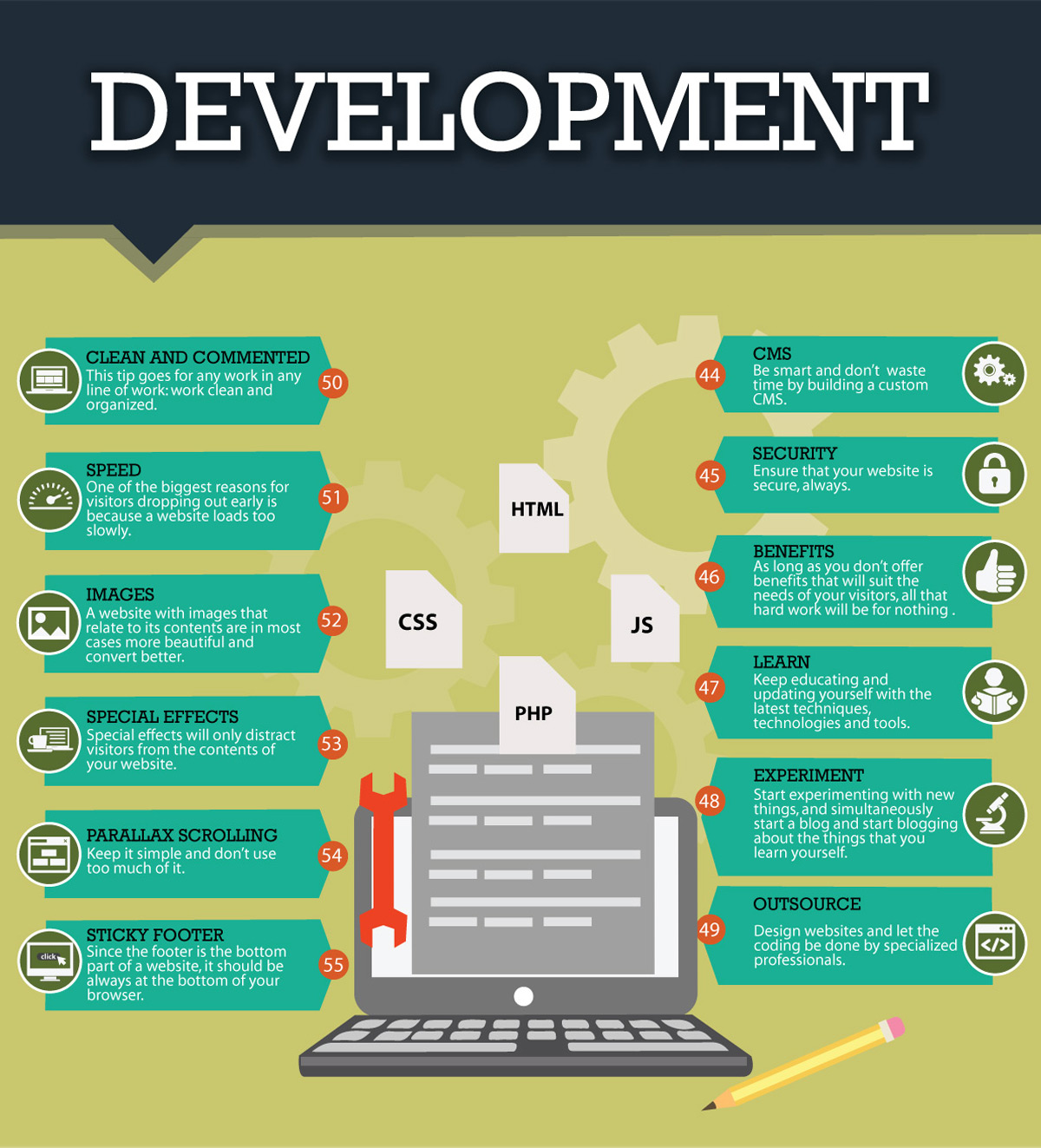The Transformation Of Online Platforms: A Trip Through Time
The Transformation Of Online Platforms: A Trip Through Time
Blog Article
Post Created By-Monroe Dodson
In the past, web sites were straightforward and focused on information. Navigation was direct, and design was for desktop computers. Now, customer experience is crucial. https://websitesearchenginemarket28405.blog4youth.com/30468624/local-seo-vs-conventional-search-engine-optimization-recognizing-the-distinctions overviews styles for very easy navigating. Responsive layouts match various tools. Today, dark setting reduces stress, and minimal food selections boost navigating. Interactive functions involve individuals, and strong visuals stand out. AI combination improves interaction. See how design has actually evolved to improve your online journey.
Very Early Days of Web Design
In the very early days of web design, simpleness preponderated. Internet sites were basic, with minimal colors, font styles, and designs. The focus was on offering details rather than showy visuals. make wordpress site ada compliant accessed the web via slow dial-up links, so rate and capability were vital.
Navigating food selections were straightforward, generally situated at the top or side of the web page. Web sites were developed for desktop, as mobile browsing had not been yet common. Material was king, and developers focused on simple readability over complicated layout elements.
HTML was the primary coding language made use of, and designers had to work within its restraints. Animations and interactive functions were minimal contrasted to today's criteria. Websites were fixed, with little dynamic material or tailored individual experiences.
Rise of User-Focused Design
With the evolution of website design, a shift towards user-focused layout concepts has actually come to be progressively prominent. Today, producing sites that prioritize user experience is vital for involving visitors and achieving business objectives. User-focused layout includes understanding the demands, preferences, and actions of your target market to tailor the site's format, material, and includes appropriately.
Designers now conduct detailed study, such as individual surveys and usability screening, to collect insights and comments straight from users. This data-driven method helps in producing intuitive navigating, clear calls-to-action, and aesthetically appealing user interfaces that reverberate with site visitors. By putting the user at the center of the layout procedure, internet sites can deliver a more tailored and enjoyable experience.
Responsive layout has also become an essential element of user-focused layout, ensuring that sites are optimized for different gadgets and screen dimensions. This adaptability improves ease of access and use, catering to the varied methods individuals communicate with sites today. Essentially, the rise of user-focused style represents a change in the direction of producing digital experiences that focus on the requirements and expectations of the end customer.
Modern Trends in Web Design
Check out the latest trends forming web design today. More Information and facts is dark setting style, supplying a sleek and modern-day look while decreasing eye strain in low-light settings. Another crucial trend is minimalist navigation, simplifying menus and enhancing customer experience by concentrating on essential elements. Integrating micro-interactions, such as computer animated buttons or scrolling impacts, can produce a much more interesting and interactive web site. Responsive style stays important, guaranteeing smooth customer experiences throughout different gadgets. Furthermore, using bold typography and asymmetrical formats can add visual rate of interest and draw attention to specific material.
Integrating AI modern technology, like chatbots for consumer support or individualized recommendations, improves individual interaction and improves processes. Accessibility has additionally end up being a considerable pattern, with developers focusing on comprehensive design methods to cater to varied user demands. Welcoming sustainability by enhancing site efficiency for speed and performance is one more emerging pattern in website design. Teaming up with customer comments and data analytics to iterate and boost style continuously is crucial for staying appropriate in the ever-evolving digital landscape. By welcoming these modern trends, you can develop an aesthetically enticing, easy to use site that resonates with your target market.
Conclusion
As you reflect on the evolution of internet site style from the early days to now, you can see exactly how user-focused style has come to be the driving pressure behind modern-day trends.
Embrace the journey of adjustment and adaptation in website design, constantly keeping the individual experience at the leading edge.
Remain existing with the most up to date trends and modern technologies, and never ever quit evolving your technique to develop visually stunning and easy to use sites.
Advance, adapt, and produce - the future of web design is in your hands.
